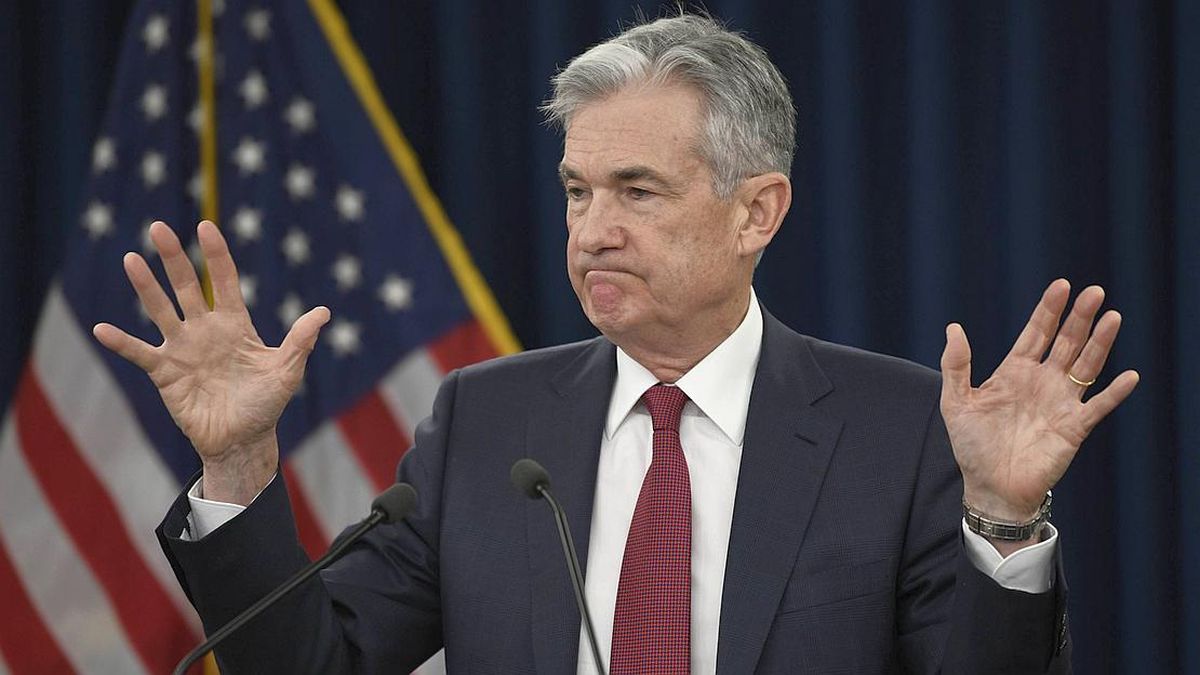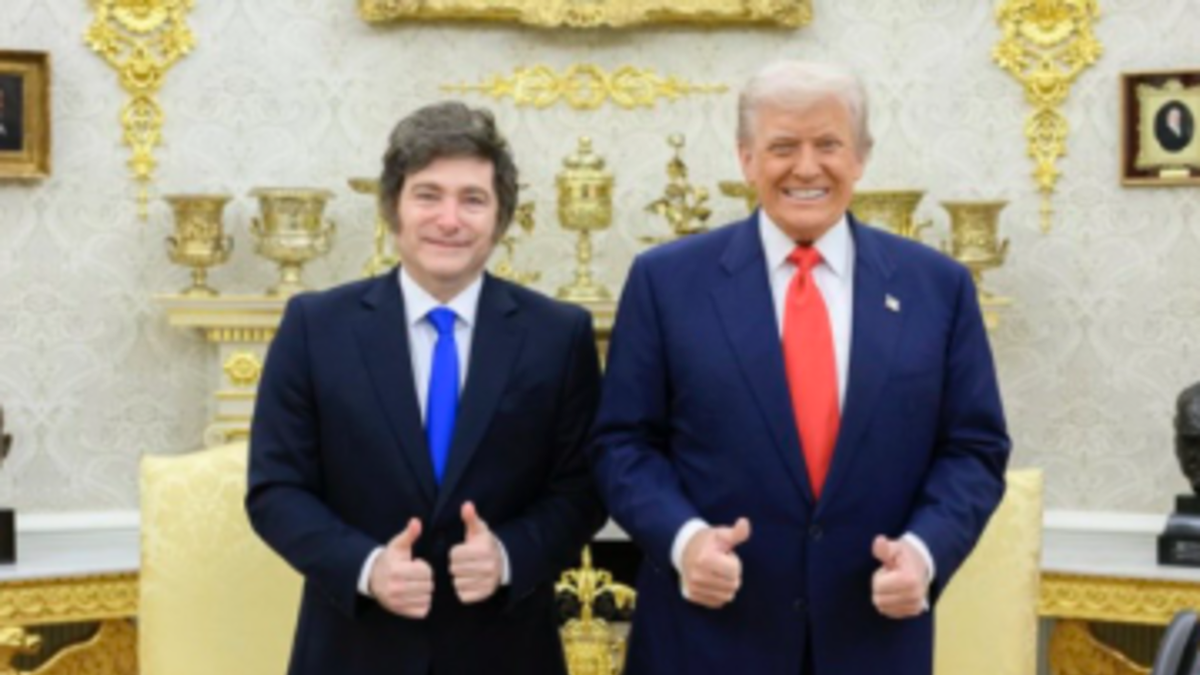Finally it happened. The Federal Reserve (Fed) cut its benchmark interest rate in 50 basis pointsin line with the latest market bets. With inflation already close to pre-pandemic levels and the labor market weakening, The Fed felt the need to mark a turning pointwhich led it to implement its first rate cut in more than four years on Wednesday, just as Jerome Powell had anticipated in Jackson Hole.
It should be remembered that this rate influences the costs of Loans for mortgages, credit cards and car loansand remained at its highest level in two decades for more than a year to discourage spending and control inflation.
The vote in favor of the cut on Wednesday was reportedly 11 to 1, with Federal Reserve Governor Michelle Bowman abstaining, preferring a 25-bp cut. The Fed’s projections also call for 50 basis points of additional cuts in the remainder of 2024 from where they are now, 100 more in 2025, and another 50 basis points in 2026.
WhatsApp Image 2024-09-18 at 2.34.46 PM.jpeg
Rate cut: the Fed’s reasons
The decision reduces the federal funds rate to a range between 4.75%-5%. Although this rate sets short-term borrowing costs for banks, it has an effect on various consumer products such as mortgages, car loans and credit cards.
In addition to this reduction, the committee said it expects a further 50 basis points of cuts by the end of the year, in line with market prices. The officials’ expectations matrix pointed to a full one percentage point cut by the end of 2025 and half a point by 2026. Overall, the Fed’s dot plot shows the benchmark rate likely to fall by about 2 percentage points beyond Wednesday’s move.
“The Committee has gained greater confidence that inflation is moving sustainably toward 2%, and views the risks to achieving its employment and inflation objectives as balanced.”the statement after the meeting said.
In assessing the economy, the committee found that “job growth has slowed and the unemployment rate has risen, although it remains low.” FOMC officials raised their projection for the unemployment rate this year to 4.4%, from 4% in their last update in June, and lowered their inflation outlook to 2.3%, from 2.6% previously. On core inflation, the committee lowered its projection to 2.6%, down 0.2 percentage points from June.
The central bank expects the long-term neutral rate to be around 2.9%, a level that has risen as the Fed has struggled to bring inflation down to 2%. The decision comes even though most economic indicators look fairly solid.
The background to the Fed’s decision
At his press conference after the July meeting, Powell said a 50-basis-point cut “was not something we were considering at the time.”
For now, at least, the move helps settle a contentious debate over how forceful the Fed should have been with this initial move. It does, however, raise questions about how far the central bank should go before stopping. There was wide dispersion among members on where they see rates heading in the coming years.
Investors’ conviction on the move wavered in the days leading up to the meeting. Over the past week, the odds had shifted toward a half-point cut, with a 63% chance for a 50-basis-point cut just before the decision, according to the CME Group’s FedWatch gauge.
The Fed last cut rates on March 16, 2020, as part of an emergency response to the economic shutdown caused by the spread of Covid-19. It began raising rates in March 2022, when inflation was reaching its highest level in more than 40 years, and made its last rate increase in July 2023. During the rate-hiking campaign, the Fed raised rates by 75 basis points on four consecutive occasions.
The Bank of England, the European Central Bank and the central bank of Canada have already cut their rates, and the Fed’s signal was still pending.
Source: Ambito
I am an author and journalist who has worked in the entertainment industry for over a decade. I currently work as a news editor at a major news website, and my focus is on covering the latest trends in entertainment. I also write occasional pieces for other outlets, and have authored two books about the entertainment industry.




